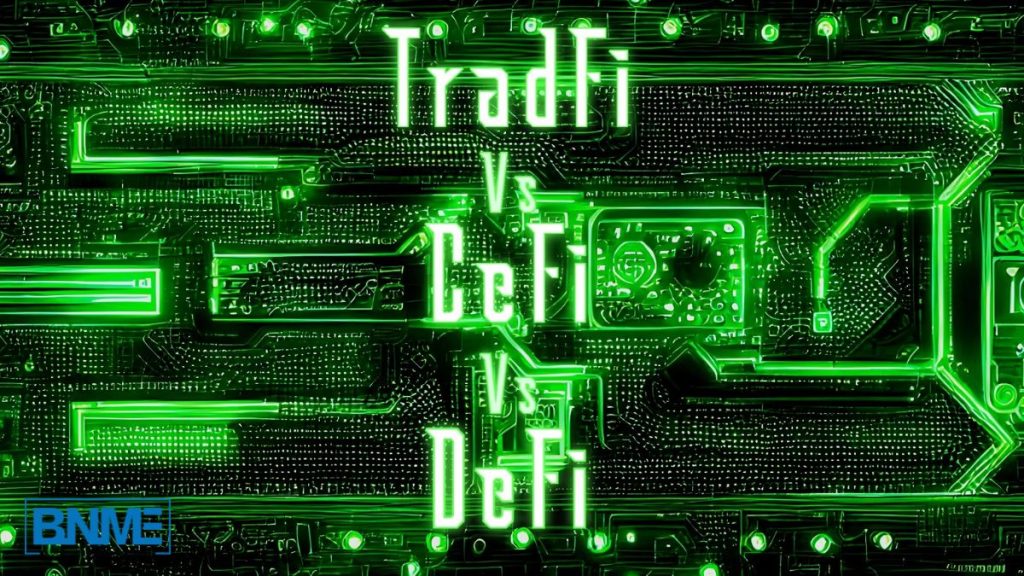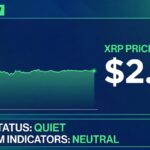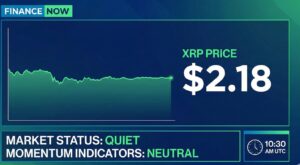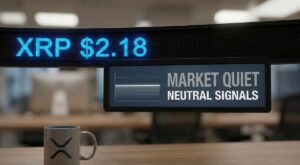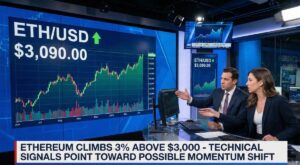The acceptance of decentralized finance was not so immediate for the MENA region, which is characterized by more conservative structures. Now, we see a system where TradFi and DeFi exist together. However, instead of these two systems standing on opposing sides, collaboration can have widespread benefits for the Middle East.
What is DeFi and TradFi
DeFi means Decentralized Finance and involves every aspect of blockchain technology and systems that operate via smart contracts. TradFi refers to Traditional Finance based entirely on centralized systems and intermediary operations. DeFi in the Middle East spans the use of cryptocurrencies and NFTs. However, traditional systems remain a relevant part of the region.
The importance of both DeFi and TradFi for the MENA region
The financial sector is one necessary aspect for growth in every nation. Popular belief is that DeFi emerged to solve the issues posed by TradFi. Regardless, the Middle East’s financial industry is still fraught with highly traditional systems.
Decentralized technologies are only just gaining mass adoption across Middle Eastern countries. As a region, since the Middle East still relies heavily on traditional financial systems, a collaboration of TradFi and DeFi DeFi activities in the Middle East is of utmost importance. In essence, an intersection of both TradFi and DeFi is necessary for the Middle East’s financial sector to thrive.
Why must DeFi and TradFi collaborate in the Middle East?
The benefits both sides offer will balance anything that might be a disadvantage between the two systems. Here are some reasons why DeFi and TradFi must collaborate in the Middle East.
1. Regulatory purposes:
Decentralized systems can benefit from the fully regulated landscape of traditional finance. A collaboration of DeFi with TradFi will enable more expansion of DeFi services and the technology that powers them.
2. Market target purposes:
Traditional and decentralized finance have the same target market. By collaborating, both systems can utilize the structures of traditional systems and the technologies offered by DeFi to make financial services more accessible to consumers.
3. Stability purposes:
One feature of decentralized systems is their highly volatile nature. On the other hand, our typical traditional financial systems have more stable structures. A holistic and stable financial system can emerge when traditional and decentralized finance adopts a merger.
4. Decentralized purposes:
DeFi offers one significant advantage that TradFi does not have. It eliminates the need for intermediaries, thereby increasing the ease of access to financial services. Traditional finance can benefit from this feature of DeFi when implementing this technology to enable more accessible, faster, and cheaper means of transactions.
The Middle East is a region where technology finds room to grow. The region is categorized as the fastest-growing hub for crypto transactions. At this point, the two finance systems can complement each other. TradFi needs DeFi to remain relevant, and DeFi needs TradFi to expand.
Looking ahead
Although many believe that DeFi can completely replace TradFi, realizing this is still a long way off. Within MENA’s financial market context, both systems still serve their unique purposes.
Thus, the best solution will be for traditional and decentralization to collaborate. We can look forward to a fusion of a trad/DeFi system that helps develop the financial sector of the Middle East.

